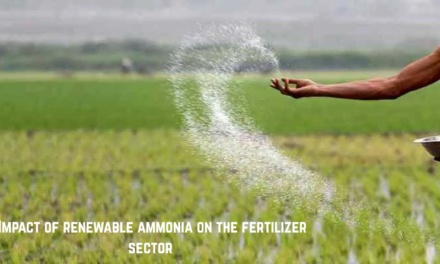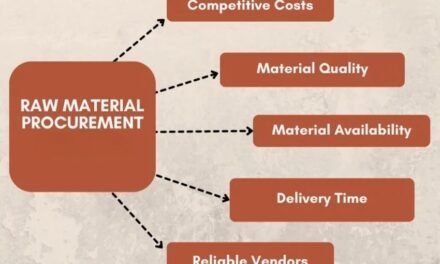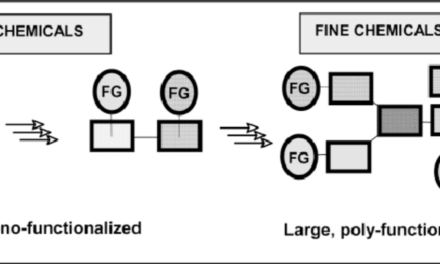Plastic recycling is the process of reprocessing plastic waste into reusable raw materials, aiming to reduce plastic waste and the environmental impact of plastic production. The process involves several stages, but it also faces a number of challenges that impact its effectiveness.
Steps in Plastic Recycling
- Collection and Sorting
- Collection: Plastics are collected from various sources such as households, commercial establishments, and industrial sites.
- Sorting: The plastics are sorted based on type, color, and resin material (e.g., PET, HDPE, PVC). Sorting can be done manually, mechanically, or with the help of technologies like infrared sensors or air classification.
- Challenges: Mixed plastic types and contamination (e.g., food residues) make sorting difficult.
- Cleaning
- After sorting, the plastic is cleaned to remove contaminants such as dirt, labels, or food residues.
- Challenges: Some contaminants are hard to remove, and cleaning processes can be energy-intensive.
- Shredding
- The cleaned plastic is then shredded into smaller pieces or flakes to make it easier to handle during further processing.
- Challenges: Shredding can cause degradation in the polymer structure, which may reduce the quality of the recycled material.
- Melting and Extrusion
- The plastic flakes are melted down and extruded into pellets or other forms, which are easier to transport and reuse in manufacturing new products.
- Challenges: Some plastics degrade at high temperatures, affecting the quality of the recycled material.
- Manufacturing New Products
- The recycled plastic pellets are used as raw material for producing new products, such as bottles, containers, or even textiles.
- Challenges: The properties of recycled plastic may differ from virgin plastic, which can limit its use in some applications.
Types of Plastic Recycling
- Mechanical Recycling
- The most common form of recycling, it involves the physical processes of cleaning, sorting, shredding, and remelting plastic to create new products.
- Challenges: The quality of recycled plastic decreases with each cycle due to molecular degradation, leading to limited use in high-quality applications.
- Chemical Recycling
- Chemical recycling breaks down plastics into their base components, which can then be re-polymerized into new plastic. This method can theoretically recycle any type of plastic, including those that cannot be processed by mechanical recycling.
- Challenges: Chemical recycling is still in the developmental stage and is more expensive and energy-intensive than mechanical recycling.
- Energy Recovery
- Plastics that cannot be recycled through mechanical or chemical processes are sometimes used for energy recovery, where they are burned in waste-to-energy plants to generate electricity or heat.
- Challenges: Burning plastics can release harmful chemicals, such as dioxins, which are environmentally hazardous.
Challenges in Plastic Recycling
- Contamination
- Plastics are often contaminated with food, oil, or other materials, making the cleaning and recycling process more difficult and costly.
- Solution: Improved sorting and cleaning technologies can help reduce contamination.
- Mixed Plastic Types
- Many plastics are made from different polymers (e.g., PET, PVC, HDPE), which require different processing techniques and are often difficult to separate effectively.
- Solution: Developing better sorting technologies and encouraging mono-material product designs can improve the recycling process.
- Downcycling
- Recycled plastic is often downcycled into lower-quality products, as the polymer chains can break down during processing, reducing the material’s strength and flexibility.
- Solution: Developing more advanced recycling technologies that maintain or restore polymer quality is crucial for higher-value applications.
- Economic Viability
- The cost of recycling plastics can be higher than using virgin materials, especially when the price of oil (which affects virgin plastic production) is low.
- Solution: Implementing extended producer responsibility (EPR) schemes, where manufacturers are responsible for the end-of-life disposal of their products, could make recycling more economically viable.
- Limited Infrastructure
- Many regions lack the necessary infrastructure for collecting, sorting, and processing plastics. This makes it harder to increase recycling rates and reduce plastic waste.
- Solution: Expanding recycling facilities and improving waste management systems is key to increasing recycling efficiency.
- Public Awareness and Participation
- Consumer behavior plays a significant role in the effectiveness of plastic recycling. Improper disposal and a lack of awareness about how to recycle plastic properly contribute to the problem.
- Solution: Educational campaigns and more accessible recycling programs can encourage proper disposal and increase participation in recycling initiatives.

















